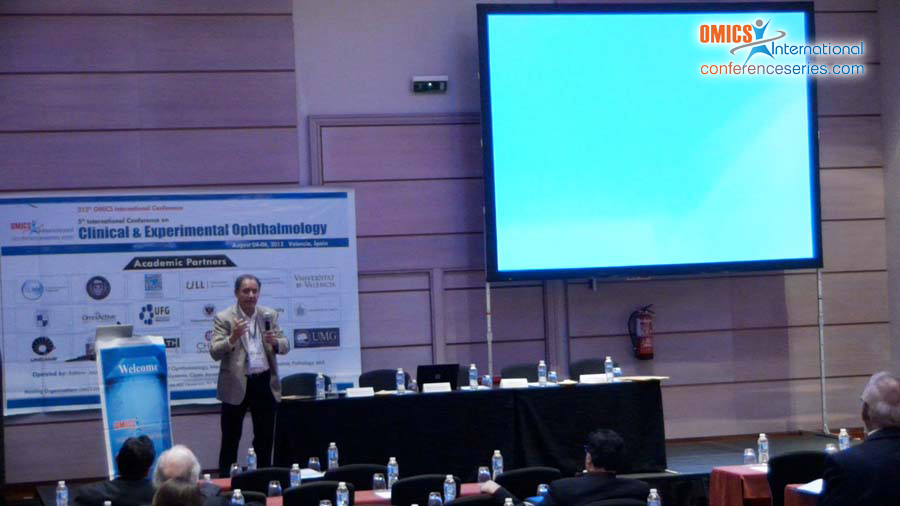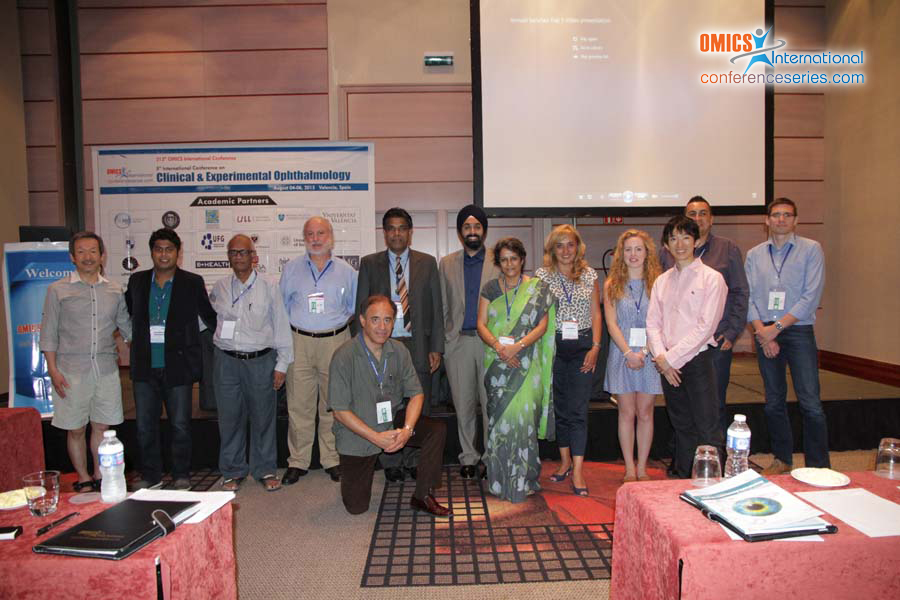
Armando Sandoval Vaca
Hospital Metropolitano-Clinivision
Ecuador
Title: Inferotemporal dialysis, genetic reghmatogenous retinal detachment in the Andes?
Biography
Biography: Armando Sandoval Vaca
Abstract
Background: The separation of the ora serrata may affect any quadrant. Traumatic dialysis is usually in the superotemporal quadrant and spontaneous dialysis in the inferotemporal. ITD is approximately 10% of all the RRD. The clinical features of ITD are: Demarcation lines, retinal cysts, yellow white vitreous opacities, bilateral, juvenile and slow progression. Purpose: To determine the incidence of ITD in the Ecuadorian Andes. Is there an enviromental or genetic reason? This question has no answer. Material & Methods: This is a retrospective non randomized revision of 2 series of patients operated by the author with scleral buckling. First: 17 years, 150 eyes in 131 patients. Second: 5 years, 32 eyes in 29 patients. Exclusion criteria: PVR more than C-1, trauma, GRT or RD in myopic patients with macular hole. Results: In the first group, ITD is the most common type of RRD with 51 eyes, (34%). Considering the number of patients, the most common is the idiopathic with 50 patients (38%) while ITD has 24.4%. In the second group, 11 eyes were ITD (34%) and of the total of patients, 8 were ITD (27.6%) Conclusions: ITD is the most common RRD, is bilateral in 59% of group 1 and 37% of group 2, most common in young males from 15 to 35 years and in autochthonous, native inhabitants. ITD is a benign RRD with slow progression and self limited in some cases. Discussion: Is there a genetic factor? Is there a congenital anomaly of the ora serrata?



